The false stag beetles (Diphyllostoma) are a group of three species of rare beetles known only from California. Almost nothing is known of their life history beyond that the adults are diurnal and females are flightless; larvae have not been observed.
A hollow way is a sunken lane. Holloway may refer to:

Natalee Ann Holloway was an eighteen-year-old American woman whose mysterious disappearance made international news after she vanished on May 30, 2005, near the end of a high school graduation trip to Aruba in the Caribbean. Holloway lived in Mountain Brook, Alabama, and graduated from Mountain Brook High School on May 24, 2005, days before the trip. Her disappearance resulted in a media sensation in the United States, and remains unsolved.
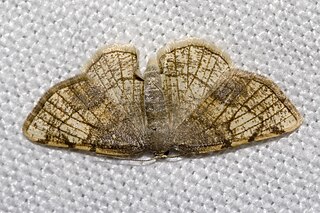
The Abraxini are a tribe of geometer moths in the subfamily Ennominae. Here, the Cassymini are considered a specialized offshoot of the Abraxini and merged therein; some authors consider them a distinct tribe however.
Fabresema is a genus of moths in the subfamily Arctiinae. The genus was erected by Jeremy Daniel Holloway in 1979.

Lyclene is a genus of lichen moths of the family Erebidae, subfamily Arctiinae. The genus was erected by Frederic Moore in 1860.
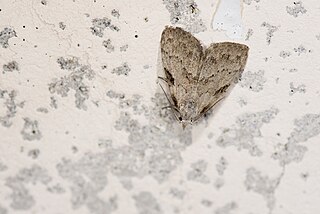
Manoba is a genus of moths in the family Nolidae. The genus was first described by Francis Walker in 1863.
Teulisna is a genus of moths in the family Erebidae. The genus was erected by Francis Walker in 1862. They are found in Sri Lanka, India, Myanmar, Borneo and Java.

Bastilla is a genus of moths in the family Erebidae. The genus was described by Swinhoe in 1918.
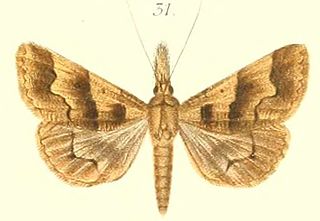
Ophyx is a genus of moths of the family Erebidae.

Schrankia is a genus of moths of the family Erebidae. It was described by Jacob Hübner in 1825.

Arctornis is a genus of tussock moths in the family Erebidae, and the sole member of the tribe Arctornithini. The genus was erected by Ernst Friedrich Germar in 1810.

Herochroma is a genus of moths in the family Geometridae. The genus was described by Charles Swinhoe in 1893.

Sterrhinae is a large subfamily of geometer moths with some 3,000 described species, with more than half belonging to the taxonomically difficult, very diverse genera, Idaea and Scopula. This subfamily was described by Edward Meyrick in 1892. They are the most diverse in the tropics with the number of species decreasing with increasing latitude and elevation.

Ambulycini is a tribe of moths of the family Sphingidae first described by Arthur Gardiner Butler in 1876.
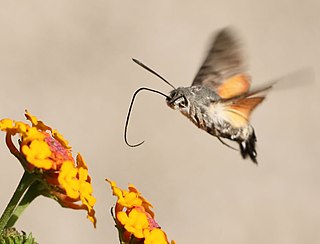
Macroglossini is a tribe of moths of the family Sphingidae described by Thaddeus William Harris in 1839.

Asthenini is a tribe of geometer moths under subfamily Larentiinae first described by Warren in 1893. The tribe has been combined with Eupitheciini in the past, most notably by Jeremy Daniel Holloway in his work The Moths of Borneo.

Lymantriini is a tribe of moths of the family Erebidae. This tribe is a group of polyphagous moths that reside mostly in the tropical regions of Afro-Eurasia but also North America.
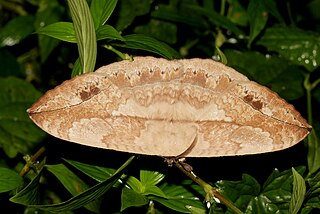
Eupterote is a genus of moths in the family Eupterotidae. It was first described by Jacob Hübner in 1820.
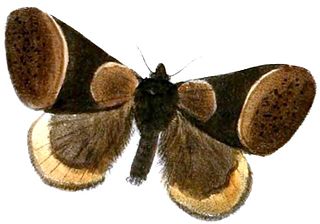
Pseudobistonidae is a family of Asian moths in the superfamily Geometroidea. It was erected in 2015 and contained Pseudobiston pinratanai as its only species. A second species was moved into this family in 2019: Heracula discivitta, in a new subfamily called Heraculinae.















